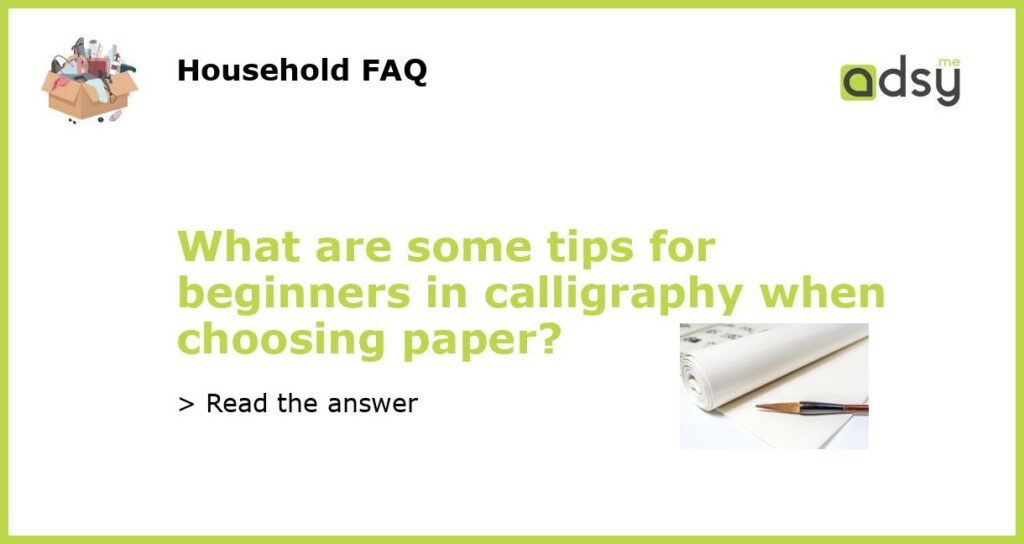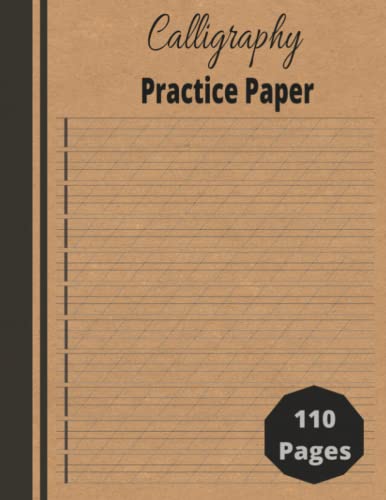Understanding the basics of calligraphy paper
Calligraphy is the art of writing beautifully, and to master this, you need to have the right tools and accessories. One of the most important aspects of calligraphy is the paper you use. Choosing the right calligraphy paper is crucial as it can significantly influence the final outcome of your artwork. If you’re just starting with calligraphy, selecting the right paper can be daunting. Here are some tips to guide you:
Consider the paper quality
The quality of the paper you use can significantly impact the final outcome of your artwork. When selecting calligraphy paper, you should consider the weight, texture, and finish. Choose a paper that’s sturdy and long-lasting to withstand the pressure and weight of your pen. The texture of the paper should be sufficiently smooth to allow the ink to flow effortlessly. The finish of the paper should be appropriate for the type of script you want to write.
Select the appropriate paper size
The size of the paper you choose is also essential. If you’re starting with calligraphy, it’s advisable to get a standard size paper that’s easy to work with. A4 size paper is a good option, and you can cut it down to the size you want later. However, if you’re working on a project that requires a specific paper size, consider getting the appropriate size to avoid any challenges.
Choose acid-free paper
Acid-free paper is the best type of paper for calligraphy. It’s durable and resistant to aging, and its color won’t change over time. Acidic paper tends to turn yellow over time and may not be adequately preserved. Therefore, when selecting calligraphy paper, it’s advisable to check whether it’s acid-free or not.
Experiment with different types of paper
Lastly, it’s essential to experiment with different types of paper to determine what works best for you. When starting with calligraphy, begin by trying different papers and seeing which one gives you the best results. Consider testing the ink flow, texture, and overall feel of the paper. Once you have identified your preferred paper, stick to it for consistency in your artwork.






